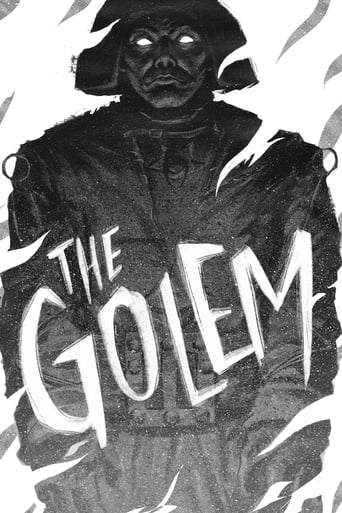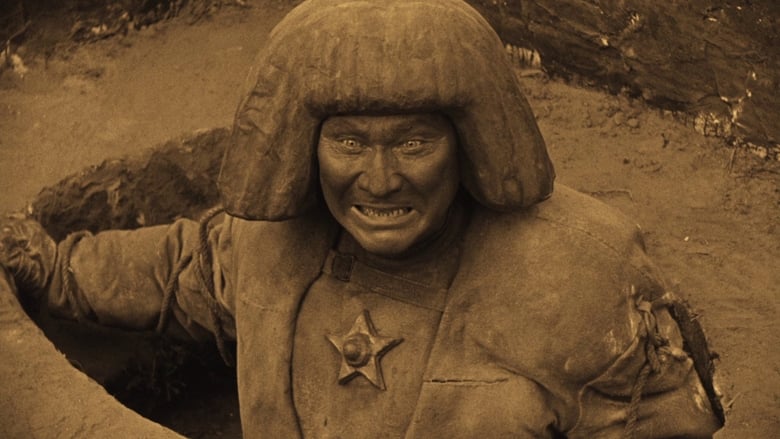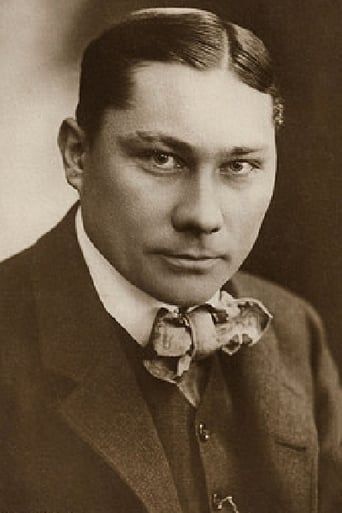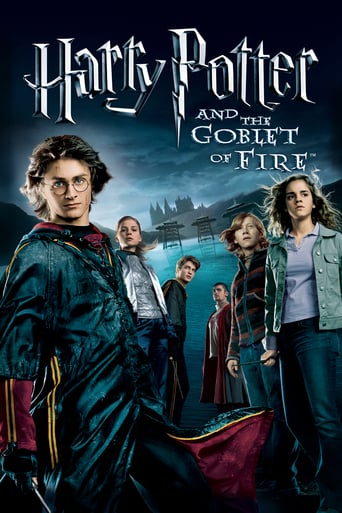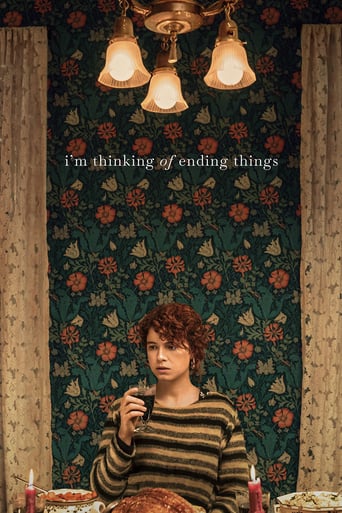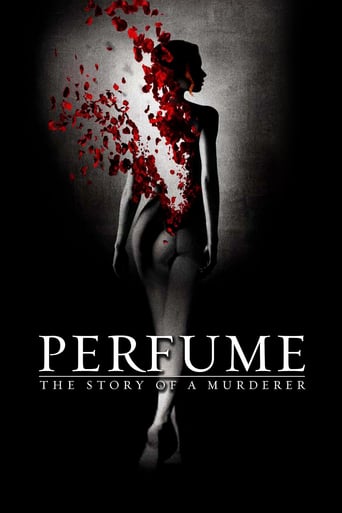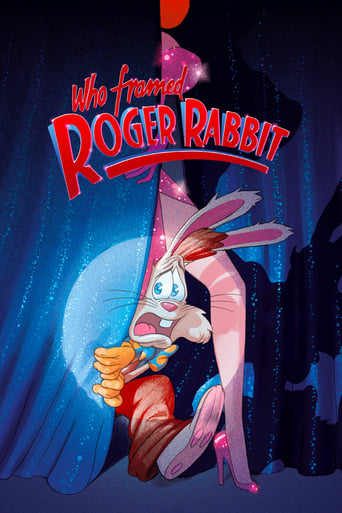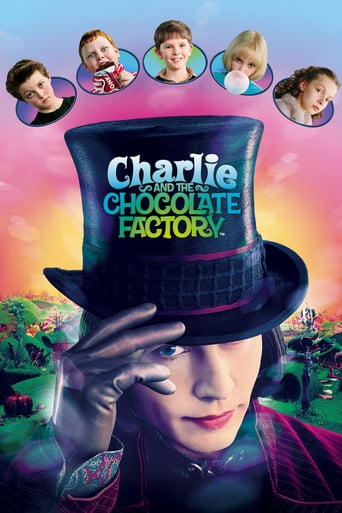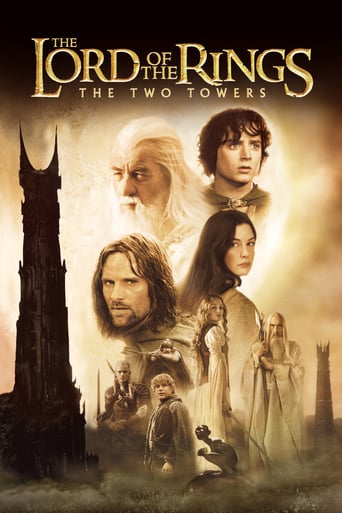The Golem: How He Came into the World (1920)
In 16th-century Prague, a rabbi creates the Golem - a giant creature made of clay. Using sorcery, he brings the creature to life in order to protect the Jews of Prague from persecution.
Watch Trailer
Cast
Similar titles
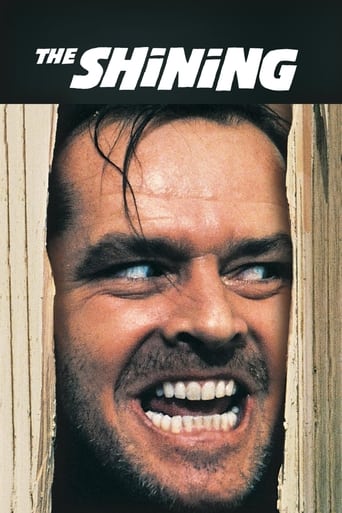

Reviews
the audience applauded
I like movies that are aware of what they are selling... without [any] greater aspirations than to make people laugh and that's it.
If you like to be scared, if you like to laugh, and if you like to learn a thing or two at the movies, this absolutely cannot be missed.
This movie feels like it was made purely to piss off people who want good shows
"Der Golem" is surely one of the best German expressionist silent movies. It may be second only to "The Cabinet of Doctor Caligari"; I enjoyed it as much as Murnau's "Faust", and, truth be told, more than "Nosferatu".You probably already know the story: it's a well-known Jewish folk tale about a rabbi who constructs a stone creature (a golem) to protect his fellows from an anti-Semitic government in medieval Prague. The creature impresses the gentiles, but then it turns on its master.These movies aren't really about plot, nor characters. They're about mood, setting, and mise-en-scene. The golem itself is an indelible image; surprisingly it was played by the writer-director himself, who must have been a massive person. You can see the influence on James Whale's classic "Frankenstein". The settings are also sumptuous and fitting.My mind did wander, but not as much as when I watched Swedish silent "Korkarlen", also a horror film based on local myth. I appreciated that the story was easy to follow and interesting.
I originally wanted to watch all the Golem films but after some research it turned out that the first two Golem movies are lost, which is a shame, I guess this is some kind of prequel to the other films, which would explain many things.The Golem (1920) makes use of its amazing sets and great special effects (for the time of course) and delivers a compelling story with its visuals. Silent films have a surreal feeling to them, most of these people are dead and the filmmaking its obviously quite different from what we see today, but they still share the same goal of telling a story. Of course many people can find silent films to be boring, but I believe that film is a visual medium and that filmmakers should show not tell.The myth of the Golem was unknown to me by the time I watched it, at least for the most part, so there's something I got out of it.I find the story to be quite interesting and of course the monster is captivating, every scene with him its just a delight to watch.This was quite an enjoyable film, I wouldn't put it above something like The Cabinet of Dr Caligari or The Phantom of the Opera, but I still think this is worth a watch.
The Golem may not be quite as well known as that other silent creature feature of its era – F.W. Murnau's extraordinary Nosferatu – but is nevertheless a fascinating work of expressionist cinema from German film-maker Paul Wegener. Based on Gustave Meyrick's 1915 novel, the film is moodily lit and pictorially powerful, providing cinema with an early example of one of its most perennially popular motifs: the 'rampaging-monster-on-the-loose'. Even a film as celebrated as King Kong owes much to Wegener's vision in terms of plot and structure. The story is set in medieval Prague. Rabbi Loew (Albert Steinrück) reads in the stars that disastrous events are on the horizon and urges his assistant Famulus (Ernest Deutsch) to gather the Jewish elders to tell them the bad news. The very next day, a decree is issued by the Holy Roman Emperor Luhois (Otto Gebühr), stating that every Jew must leave the city by the end of the month, or else face the ultimate penalty. Desperate to protect his people, Loew creates a clay giant called The Golem, and invokes the malicious spirit of Astaroth to bring the creature to life. Animated by this sorcery, the Golem (Paul Wegener) becomes Loew's hulking ally helping him to protect the Jewish community. When Emperor Luhois sees the Golem – and witnesses its incredible strength first-hand when it prevents his palace from collapsing – he decides to reverse his decree and let the Jews stay. Later, however, Loew learns that Astaroth's sinister influence still lurks within the Golem and this proves only too true when the creature goes on a destructive rampage through the city. Wegener's film is perhaps most impressive for its visual design, with Hans Poelzig's sets evocatively replicating the Jewish ghetto of medieval Prague. The whole film is beautifully shot around these sets – the maze of alleys, crooked towers and dingy rooms create a perfect atmosphere. The Golem itself is a brilliantly designed creature with a distinctive Eskimo-like hair cut and physically imposing appearance. It may not be as iconic as Nosferatu, but the image of the creature is still one that stays with the viewer long after the film is over. Inevitably, the film's primitive technical 'look' will affect how much of an audience exists for it any more. If you have no interest in silent cinema or expressionism, there will be little to entice you to see The Golem. For true movie buffs, though, this is a real treat. There's so much here that has gone on to influence and inspire future film-making generations – watching the film, you are actually witnessing the birth of ideas and techniques that have survived and evolved over ninety two years and counting. A humbling experience indeed for any film fan.
Once again a real appreciation for the importance and influence of a classic can be tempered a bit by its portrayal and themes. Paul Wegener's The Golem is a masterful expressionistic film with obvious influences on Frankenstein and other imagery that has subsisted throughout film history. It's well-directed, the editing is especially amazing for the time, the acting is great (the method has gone out of style and is sometimes mocked and mugged, but at the period it came out it was a very good way to get the point across), and a very precise use of color tinting adds dimensionality.And it's also antisemitic. There's just no denying it, like as to appreciating the narrative influence of Birth of a Nation while not being able to ignore its racism. At least the Jews in this movie are not so animalistic and cannibalistic as in Birth of a Nation, but here they are portrayed as blackmailing sorcerers tampering with natural laws unto their own destruction. If anything has aged and dated poorly in this movie, making it laughably kitsch. it's not the expressionistic acting, it's not the silent film, it's not the film techniques, it's the portrayal of Jews.However, at least the Golem itself is an interesting character. Wegener's acting and the suit, arguably silly looking but definitely clay-like and picturesquely animated by his movements, are really quite engaging, and the movements again are both immediately haunting and echo through to portrayals of Frankenstein, zombies, and other horror film monsters throughout history.It's still a worthwhile film. Just take it with a grain of salt.--PolarisDiB
